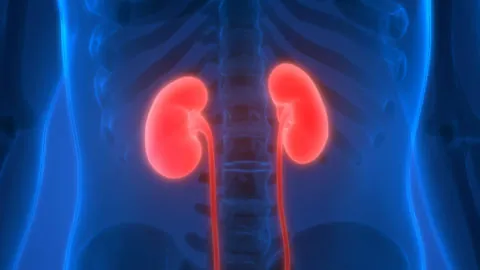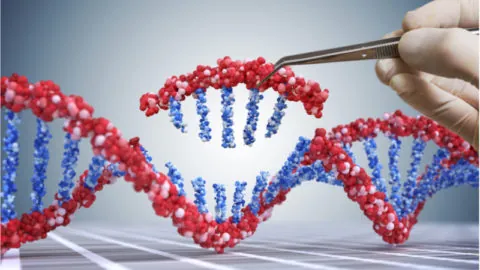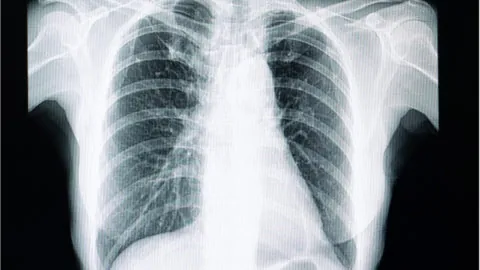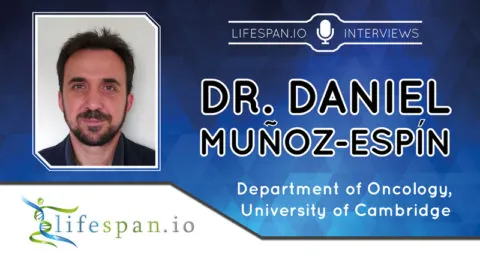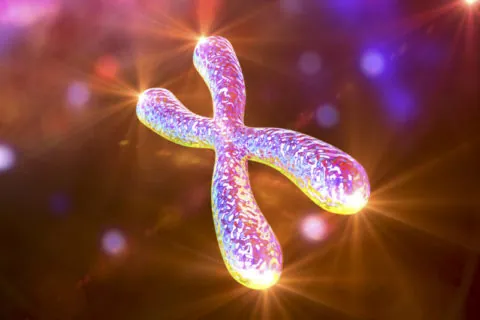March 25, 2021
A team of researchers led by Dr. Maria Blasco of the Spanish National Cancer Research Center has shown that shorter telomeres make mice more susceptible to kidney fibrosis [1]. The new study not only clearly demonstrates this link but also provides mouse models which can be used to study – and perhaps eventually address –...
October 19, 2020
Researchers have successfully used the CRISPR/Cas9 gene editing tool to destroy Ewing's sarcoma and chronic myeloid leukemia tumor cells by targeting the fusion genes responsible for these tumors [1]. Fusion genes, a feature in many different types of cancer, arise when a mutation fuses two genes together, which typically happens when the DNA sequence between...
August 12, 2020
Back in January 2018, researchers at CNIO reversed lung fibrosis in mice using a single gene therapy. Today, we want to spotlight a new study that builds on the positive results of the 2018 research, taking us another step closer to telomerase gene therapy in humans to reverse pulmonary fibrosis. The road to a gene...
December 19, 2018
During the Fourth Eurosymposium on Healthy Ageing (EHA), which was held in Brussels, Belgium last November, we had the opportunity to meet Dr. Daniel Muñoz-Espín from the Oncology Department of the University of Cambridge. Dr. Muñoz-Espín received his PhD from the Autonomous University of Madrid, Spain, within the viral DNA replication group at the Centre...
August 27, 2018
Researchers have demonstrated that telomerase gene therapy does not increase the risk of cancer, even in strains of mice that are particularly susceptible to cancer [1]. A tale of telomeres Short telomeres trigger cellular senescence and are thought to be one of the primary hallmarks of aging, which has led to various researchers seeking ways...

